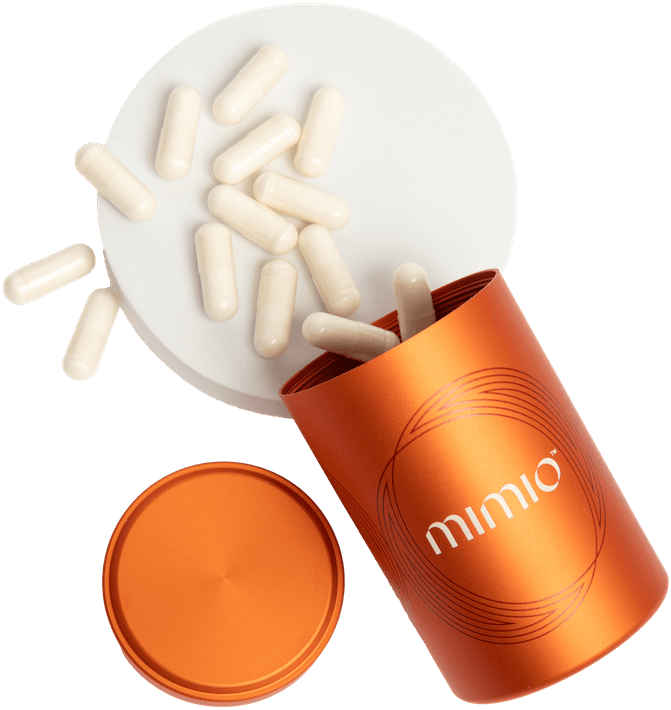Fasting is one of today’s most popular wellness trends. It’s estimated that 10% of all Americans now practice some form of intermittent fasting. In fact, it was crowned the country’s most popular diet of 2020, and for good reason. Beyond just weight loss, fasting has shown to have a host of health benefits. However, to stay healthy and get the most out of your effort, there is some planning and consideration you should take before you commit to your first fast. Below are common mistakes faster’s make and some tips to keep in mind to ensure that your fast remains effective without compromising your health!
Drinking the wrong amount of water
This one is a balancing act. It’s essential to maintain an appropriate electrolyte balance in your bloodstream. When you’re fasting and not consuming additional electrolytes through your food, drinking too much water can lead to a decrease in the levels of sodium and potassium in your bloodstream. To prepare for your fast, estimate your necessary water intake ahead of time. Conversely, not drinking enough water during a fast is also dangerous. We take in a surprising amount of H2O from the food we eat, so you should take that into account as you estimate your necessary water intake as well.
Going too big, too soon
Pace yourself! If you're new to fasting, It's best to start small. There are still health benefits to a 12-hour fast, and there is no harm in working your way up to 36-48 hours slowly. It's important to listen to your own limits to make sure you’re not asking your body to do too much too soon.
Breaking your fast with the wrong foods
Hold the fries! After a prolonged period of not eating, you may be tempted to binge on your first meal, but your body needs easily digestible nutrients, hydration, and electrolytes after a fast to restore energy and promote a healthy microbiome. Choose foods that are high in protein and healthy fats, easily digestible, and foster positive gut health. Bone broth, chicken or fish protein, or fruit are all good options to break a fast with.
Not picking a plan that works with your lifestyle
There are many different intermittent and prolonged fasting plans that break the hours of the day into fasting and eating windows. You should choose one that fits your lifestyle, activity level and wellness goals. Do some research before you embark on your first fast to find the one that best suits you.
Remember: the first step is prep
Fasting is stressful on your body — but it’s this stress that kicks us into survival mode that produces greater wellness benefits.This is called the “hormetic effect”, a little bit of stress that triggers an even larger positive stress resistance response. But, it’s important to take extra care of ourselves before we put our body into that state. This means getting enough sleep and eating well in the days leading up to your fast to ensure your body has the nutrients and rest it needs to perform without food for a prolonged period. Following these guidelines will help you get the most out of your effort.
Double your fasting benefits
Taking Mimio can also enhance and prolong your fasting results. Mimio is the world’s first fasting mimetic, designed from years of human fasting research to recreate the benefits of a 36-hour fast. Mimio can help you achieve the benefits of longer term fasting like autophagy and immune regeneration in a shorter fasting window while making it easier to fast by providing boosts in mood, focus, and energy and helping to control hunger.
1: https://www.foodnavigator-usa.com/Article/2020/06/16/IFIC-Intermittent-fasting-replaces-clean-eating-as-most-popular-diet-presents-marketing-challenges



